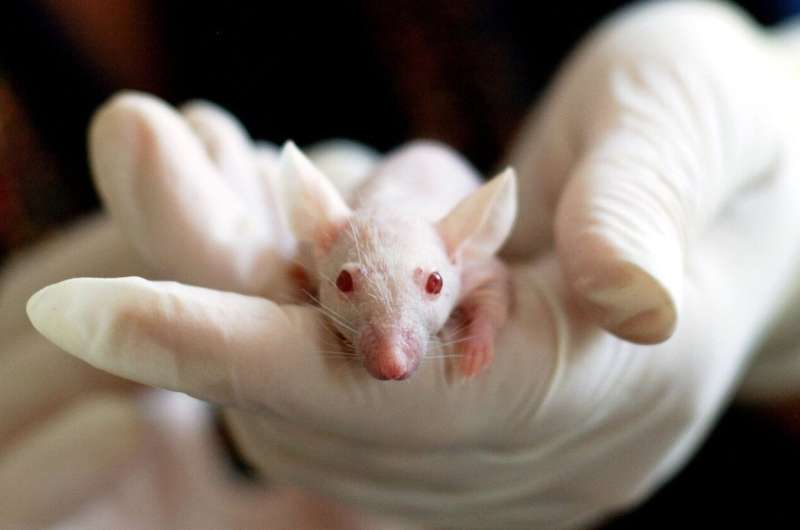A new paradigm for cosmetic products without animal testing

According to the European Union (EU) Cosmetics Regulation, animal testing for the risk assessment of cosmetic products or their ingredients is prohibited in the EU and all its member countries. The regulation includes an EU-wide marketing ban on cosmetics with ingredients tested on animals. This landmark political decision secured the EU a leading role in the protection of animal welfare and has contributed to positive developments in using alternative methods to animal testing beyond the EU’s borders. “In fact, the cosmetics sector has become an engine for change, which—fuelled by European legislation—has greatly advanced the use of alternative methods to animal testing in other parts of the world as well”, explains Dr. Giorgia Pallocca, deputy director of CAAT-Europe at the University of Konstanz.
Consumers who buy cosmetic products in one of the EU member states therefore generally assume that no animal testing was conducted for the market approval of the products, at least not after the bans from the Cosmetics Regulation came into force in 2013. This assumption is incorrect, however, as reported in a recent article by the Transatlantic Think Tank for Toxicology (t4), which has just been published in the scientific journal ALTEX. According to the report, one reason for this is a second EU regulation that partly contradicts the Cosmetics Regulation, namely the Registration, Evaluation, Authorization and Restriction of Chemicals regulation (REACH). All substances manufactured in or imported into the EU in quantities of more than one ton per year have to be registered with the European Chemicals Agency (ECHA), including a registration dossier with a full toxicological evaluation.
Loopholes and conflicting legislation
Many cosmetic ingredients are used also in other products, such as laundry detergents or wall paint. In such cases, the substances fall under other regulations that allow and require animal testing. “This dual use of substances is one of the ‘loopholes’ through which ingredients continue to enter cosmetic products, despite the fact that their risk assessment was partially based on animal testing”, says Dr. Costanza Rovida, CAAT-Europe’s regulatory affairs coordinator.
Also compounds that are only used in cosmetics are being animal-tested. This is the case, if the regulatory agency ECHA is concerned about the health of industrial workers manufacturing the products or about the environmental impacts (e.g. killing of fish) of substances intended for cosmetic use. In such cases, where different regulations clash, often the REACH regulation dominates, and animal testing may be required.
Animal testing continues despite ban
By analyzing the publicly available REACH dossiers, the scientists involved in the report found that in the REACH database (as of 23 December 2020), 419 substance dossiers reported cosmetics as their only use. Of these, 63—or around 15 percent—used the results of “new” animal tests for risk assessment. These are tests that were conducted after the respective bans under the Cosmetics Regulation came into force. In some of these cases, risk assessments based on alternative methods to animal testing had been used by the registrants, but were later rejected by ECHA who explicitly requested additional animal tests. “The fact that animal testing continues to be carried out on substances that are later found in cosmetics is clearly the result of the conflict between REACH and the EU Cosmetics Regulation. However, a lack of harmonization and political will also plays a role here”, Professor Thomas Hartung, CAAT-Europe’s co-director, states.
As ECHA is still reviewing a large number of REACH dossiers, it is likely that animal testing will continue to be requested for the registration of ingredients for cosmetics, according to the scientists’ report. What is also problematic in this context is that the latest EU status report (2020) on the use of animals for scientific purposes includes animal testing of cosmetic ingredients for REACH registration in the category of “industrial chemicals legislation uses”. Since it is important for both consumers and the cosmetic industry that cosmetics are truly “free of animal testing”, the scientists call for more transparency on REACH testing as long as the conflict between the two EU regulations—the Cosmetics Regulation and REACH—is not resolved.
Action platform for cosmetic products without animal testing
Source: Read Full Article


